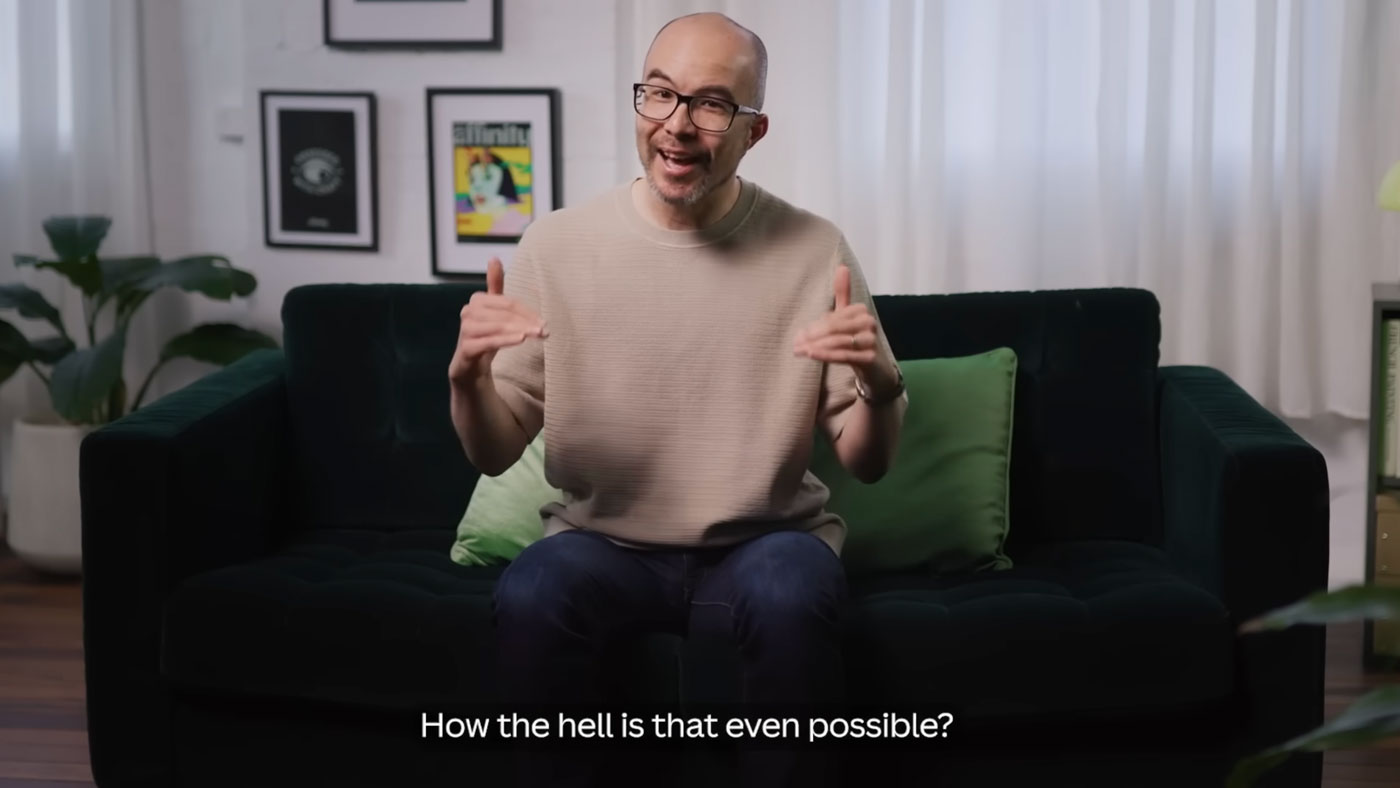Create an accurate CG animal: 10 pro tips
Rendering a CG animal in ZBrush takes time, hard work and creativity - Gordon Goane takes you through his strict 10-step work process.
01. Conceptualise
This usually involves looking for inspiration and reference, while possibly sketching out rough ideas to think about.
02. Model
Once I have a direction in mind, I start by blocking out the subjects of the composition. I try to rough out the main subjects while still thinking about design, before I go too far into the detailing phase.
03. Topology
After I get my main shapes blocked out, I like to layout some simple edge flows. This allows me to easily adjust proportions and make larger adjustments. I will then continue fine-tuning the model, occasionally adjusting topology again if necessary. I always make sure to double check the mesh and clean it one last time before unwrapping and rigging.
04. UV/Texture
Once I get a model to a point I am happy with, I will UV map and texture the model. Sometimes I will do simple shading before I decide to UV the model, but I always make sure to unwrap it before I begin to properly paint. Once an object is unwrapped, I will usually jump between Photoshop and ZBrush to get the desired texture maps.
05. Pose/Rig
I choose to use the Transpose Master in ZBrush for posing models, but if the scene requires animation, a rig may need to be setup in another program. After I have posed the models, I may sometimes go back to sculpt and paint anything that needs to be cleaned up. Jumping between steps 02-05 is when I do the majority of the designing in 3D.
06. Animate
If I'm making an animation instead of a still image, I would setup the scene accordingly. Animations can require utilizing a skeletal system, blend shapes, cameras, lighting, etc. After I have things setup, I would then adjust the animations and simulations until they are complete.
07. Render
Making sure that I have everything ready to go, I then begin to set up the rendering phase. This stage can vary a lot depending on many factors including software, quality and output. Mainly I focus on lighting and materials to produce the layers I will use when compositing.
Daily design news, reviews, how-tos and more, as picked by the editors.
08. Composite
Once I have all my images to work with, I will take them into Photoshop, and begin to layer them accordingly. There is usually a specific way I plan on using the rendered layers I make, but I also like to take time and experiment with variations.
09. Finalise
All of the steps in my workflow are pretty much interchangeable. I do tend to move around between steps to keep things from feeling tedious and more fluid. I think that it can help to break up the process mentally and can also allow for unintended gains as well. After everything is accomplished, I consider any possible final touches.
10. Submit
Only after I have spent sufficient time in step 09 double checking and gaining approval for everything, will I complete a piece.
Words: Gordon Goane
See more of Gordon Goane's work in 3D World issue 183, on sale now. Order a copy here.

The Creative Bloq team is made up of a group of art and design enthusiasts, and has changed and evolved since Creative Bloq began back in 2012. The current website team consists of eight full-time members of staff: Editor Georgia Coggan, Deputy Editor Rosie Hilder, Ecommerce Editor Beren Neale, Senior News Editor Daniel Piper, Editor, Digital Art and 3D Ian Dean, Tech Reviews Editor Erlingur Einarsson, Ecommerce Writer Beth Nicholls and Staff Writer Natalie Fear, as well as a roster of freelancers from around the world. The ImagineFX magazine team also pitch in, ensuring that content from leading digital art publication ImagineFX is represented on Creative Bloq.
